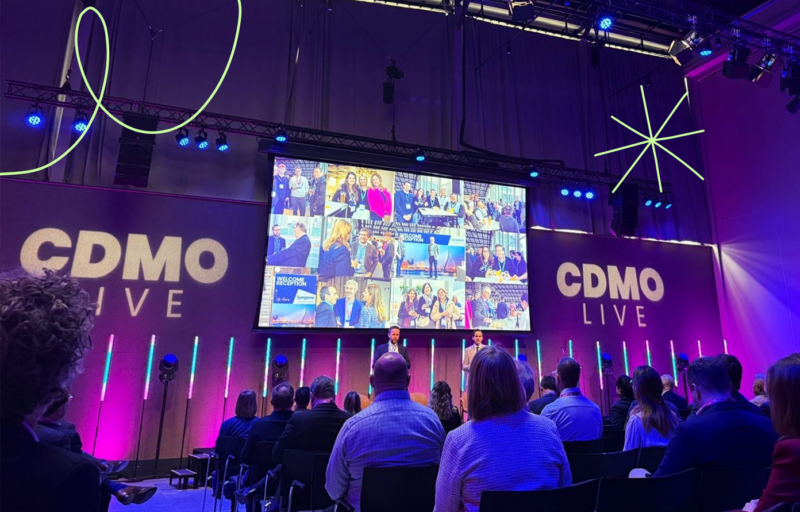industry-news:
Overcoming challenges in orphan drug development

Rare Disease Day is held on the last day of February to raise awareness and generate change for those affected by conditions such as cystic fibrosis, muscular dystrophy, and many others.[1]
How can developers overcome barriers to successfully produce orphan drugs for rare disease treatments?
Despite what the title suggests, rare diseases affect large numbers of people – 300 million worldwide – yet most of these conditions lack an approved or effective treatment.
Rare disease drug development unfortunately has a lot of treatment inequalities compared to more common conditions – but why is this the case?
Although hundreds of millions of people are affected, physicians may not be aware of the rare disease or may misdiagnose the condition as a more common condition with similar symptoms. This can mean patients spend years being tested and treated for incorrect conditions before they finally receive an accurate diagnosis. Even when the rare disease is properly diagnosed, a suitable treatment may not have been developed or it may be extremely expensive.
Fulfilling the unmet need for rare disease medicines (known as orphan drugs) remains a challenge for the pharmaceutical industry. The reality is that drug development is never barrier-free, and orphan drug development is no exception.
In this blog, we explore two of the biggest barriers orphan drug developers face as they try to get transformative treatments to the market.
Posing the challenges of orphan drug development
Although there are many people worldwide with a rare disease, the designation of rare disease is for a condition affecting fewer than 1 in 2,000 people. This low number of people with any specific rare disease poses challenges for companies when they seek to create an effective treatment:
Commercial viability
The reduced patient pool for rare diseases limits the number of people who can benefit from orphan drugs and therefore also limits profitability and return on investment.
Clinical trial design
Over half of the clinical trials for rare diseases have been shown to either not reach completion or not generate publishable data – the most frequently cited reason is a lack of patients.[2]
Awareness of these barriers and the ability of drug developers to address them can make or break an orphan drug project and drastically change patient therapeutic access.
Stepping in the right direction
Incentives have already been put in place to encourage orphan drug development, but further strategic steps must be made to continue innovation and success in the rare disease space.
Government incentives
The US FDA Orphan Drug Act, the EU Regulation (EC) No 141/2000, and other similar incentives have been put in place across the globe. These regulations provide benefits such as tax incentives, and extended product exclusivity.
Integration of innovative technologies for cost reduction
The high costs of orphan drugs have generated a lot of attention from payers and policy groups. Implementation of new and advancing technologies into existing workflows can streamline development processes to shorten timelines and, in doing so, reduce costs.
Engaging with patient advocacy groups
Utilizing the expertise of these groups ensures that clinical trials are designed with patient needs at the forefront. This increases the number of patients willing and able to enroll while improving patient retention.
Strategic clinical trial design: Decentralization
The structure of clinical trials is changing, meaning the days of centralized study design are numbered. The industry is moving towards the decentralized study model, where patients don’t need to travel long distances to participate in a trial, drastically opening up the available patient population beyond borders.
The future of orphan drug development
Rare Disease Day highlights the areas where people living with these conditions need advances to benefit their lives; orphan drug development is challenging but vital work. There are over 7,000 rare diseases and the production of orphan drugs changes the lives of those with the condition.
A combination of government incentives, collaboration, and integration of innovative technologies should enable further rare disease treatments to be marketable and accessible to patients. Proper management of these areas will enhance the probability of drug success in the market.
You may also be interested in reading the blog Living with Fabry Disease, written by Andy, our Senior Web Developer.
Looking to network with the ramarketing team?
Meet our Head of Customer Success, Jeff Sternstein at DCAT Week in New York, March 20th – 23rd 2023.
References
Related news, insight and opinion




